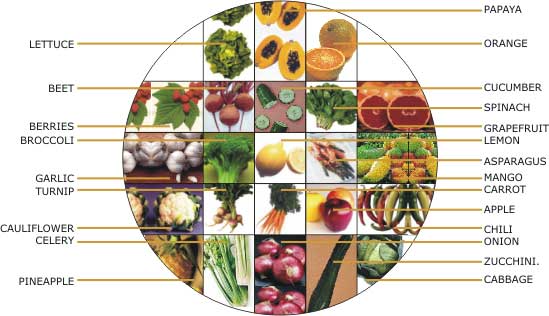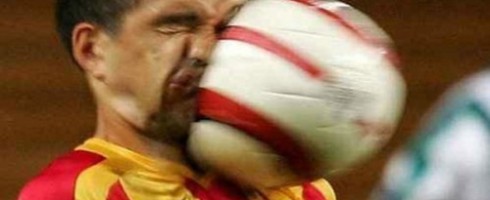Read this on an awesome website called www.lifehack.org! This a great article because it can apply to anything in life!! ENJOY!!
Some of the toughest lessons that we face are from our failures. But it’s also these same failures that can provide the most useful lessons if we only allow them to be. I’m going to be brave to share with you one of the biggest failures and resulting lessons from my own life.
In 1990, I became certified as a Level 1 ski instructor by the Canadian Ski Instructors Alliance, which is the governing body for professional ski instructors here in Canada. I always wanted to become a Level 2 instructor. The abilities of a Level 2 ski instructor is considered to be a very respectable skiing level. So after a few years as a Level 1, I decided to take the Level 2 certification course.
The Level 2 ski instructor course turned out to be the most grueling course I have ever taken, as it was an intensive five-day program with both on snow and indoor sessions. The course conductors who were Level 4 instructors, were constantly evaluating us. Level 4s are considered ski gods here in Canada.
Once the course started, I quickly found that my ski technique on the‘black diamond’ slopes, which are the steep ones, was not quite up to Level 2 standards. Also, my short radius turns were not considered strong enough. So as a result of these two weaknesses, I ended up failing the course.
Using Failure As A Good Teacher
Needless to say, I was quite disappointed for failing but the experience also taught me what I needed to work on. It clearly told me that if I ever wanted to become a Level 2 ski instructor, I would have to really work on my weaknesses.
For the next entire ski season, I made it my main objective to specifically train intensively on my weaknesses, which were skiingon the steep black diamond slopes and doing short radius turns. I forced myself to work on just these two techniques during my 3 to 4 ski days each week all winter long. By the following season, I was ready to retake the Level 2 course.
The retest was at a bigger ski resort compared to where I took the course during my first time around and this resulted in further unexpected challenges. This bigger resort not only has black diamond slopes but also has ‘double black diamonds’. These particular slopes are even steeper than the single black diamonds.
There was this double black diamond slope called ‘Elevator Shaft’, the steepest at the resort. You can just imagine how steep it is just from its name. None of the Level 2 candidates taking the course thought that we would actually have to ski down ‘Elevator Shaft’ in front of the course conductors. Guess what happened?
Sure enough, they made us ski down ‘Elevator Shaft’ as part of our test not just once, but three times in a row! This was probably one of the most nerve-racking experiences I have ever gone through. It’s one thing to ski down the steepest doubleblack diamond there, but to do it in front of the course conductors – well, you can imagine the intense anxiety we all felt.
Success Finally Comes After Failure
At the end of my retest, I was told that I actually skied well enough to finally pass the Level 2 program. The intensive training that I put into from the entire last season paid off and I wouldn’t have gone through that specific training if I hadn’t failed the Level 2 course the first time around.
My initial failure taught me where my weaknesses were as well as how to train to overcome them. This same process of using failure to be an effective teaching tool can be applied to almost any area in life. If you want to achieve a higher level in pretty well any specific area or skill, be prepared to accept failures.
As disappointing as they may be, have the bravery to learn from these failures and actively apply the valuable lessons from them. By doing this, success will eventually come.
If you have experienced failure before becoming successful in something, please feel free to share below in the comments section.

























